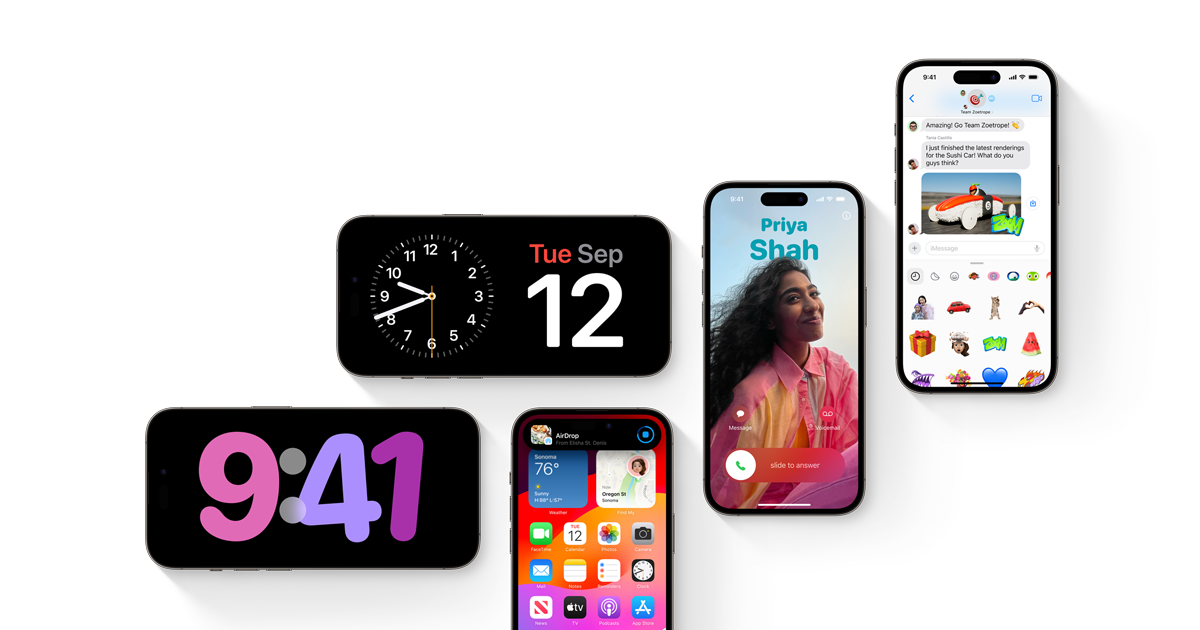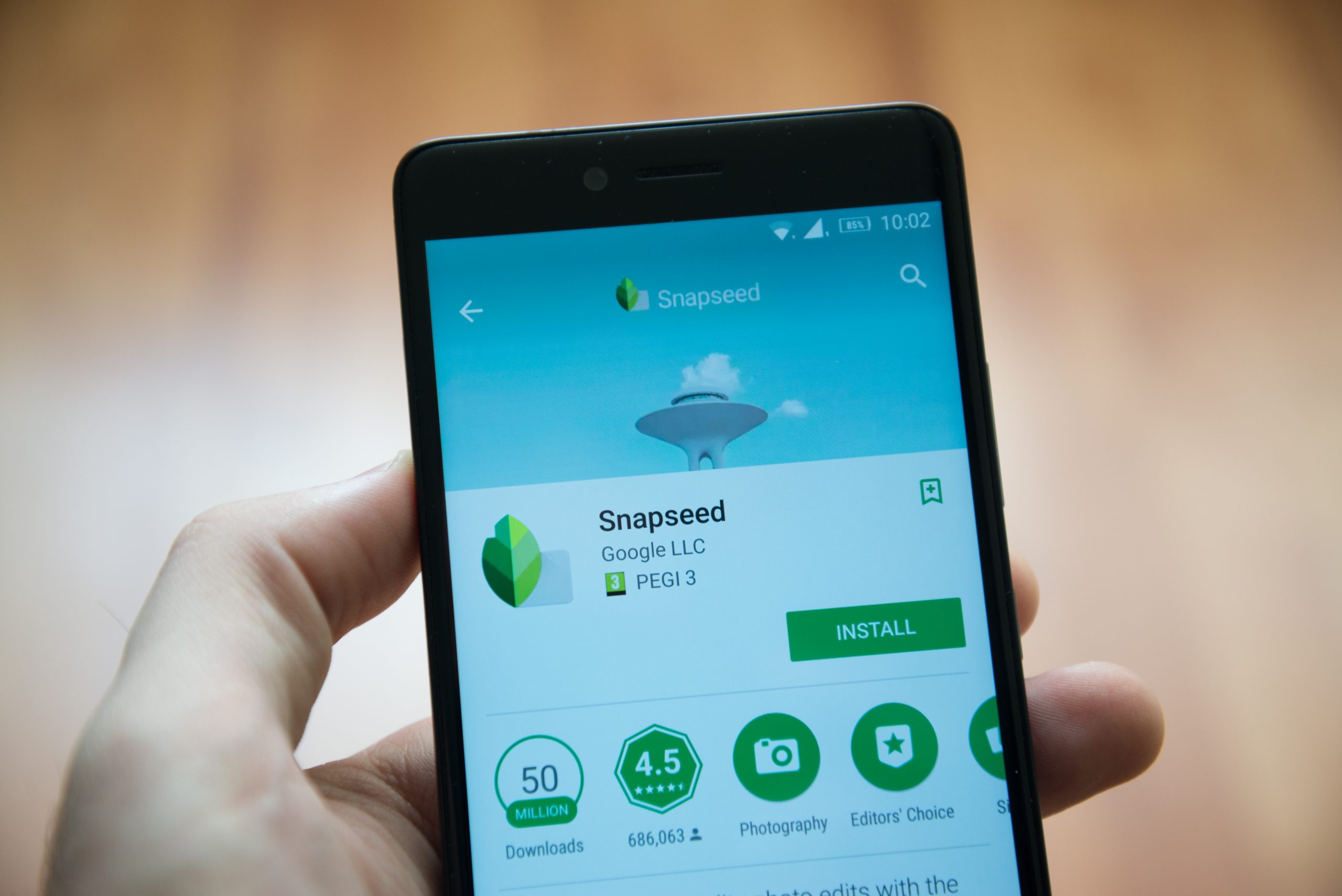Apple recently released the stable version of iOS 17, packed with exclusive features and major improvements. However, some users have encountered issues with video calls on their iPhone devices after updating to iOS 17. This can be frustrating, especially when conducting important online meetings or trying to connect with friends and family.
If you’re facing video call problems on your iOS 17 device, don’t worry. In this comprehensive troubleshooting guide, we will walk you through effective solutions to resolve the issue. By following these solutions carefully, you’ll be able to regain access to the video call feature on your iPhone and enjoy uninterrupted communication. So, let’s get started!
Possible Reasons for Video Call Issues on iOS 17
Several factors can contribute to video call problems on iOS 17. It’s important to understand the potential causes before diving into the solutions. Some common reasons include:
- Camera not enabled on FaceTime: If you haven’t enabled the camera while using FaceTime or other video calling apps, you may face video call issues.
- Unstable internet connection: A poor or unstable internet connection can disrupt video calls on your iOS 17 device.
- Camera permission not granted: Some apps require camera access permission to function properly. If you haven’t granted camera permission to the specific app, video calls may not work.
- Outdated app versions: Using outdated versions of video calling apps can lead to compatibility issues and cause video call problems.
- VPN interference: VPN networks can sometimes interfere with video calling features, causing disruptions or connection issues.
- Screen Time restrictions: If you have enabled Screen Time restrictions on your iPhone, it might interfere with video calling apps.
- Incorrect date and time settings: Incorrect date and time settings can affect the performance of video calling apps.
- Network settings conflicts: Issues with network settings can impact video calls. Resetting the network settings may help resolve the problem.
How to Fix Video Call Issues on iOS 17
Now that you understand the potential causes, let’s explore the solutions to fix video call problems on iOS 17. Follow these steps carefully to troubleshoot the issue:
1. Check Device Compatibility
Before attempting any other solutions, ensure that your device is compatible with FaceTime and other video calling apps. FaceTime reaction gestures require the latest iOS 17 version. If you’re running an older version or have an incompatible device, video calling features may not work properly. Upgrade to the latest iOS version if necessary.
2. Enable Camera on FaceTime
If FaceTime is compatible with your iOS 17 device, make sure the camera is enabled. Sometimes, users forget to unmute the camera or audio option on FaceTime or other video calling apps. Check the camera settings and enable the camera option if necessary. This step ensures that the camera activates during video calls.
3. Force Restart Your iPhone
Restarting your device is a powerful method to resolve various software conflicts and application issues. Force restart your iPhone to fix video call problems caused by software bugs or issues. Follow these steps to force restart your iPhone:
- Press and quickly release the Volume Up button.
- Next, press and quickly release the Volume Down button.
- Press and hold the Power button(side button) until the screen goes black and the Apple logo appears.
- Release the power button when the Apple logo appears.
- Wait for the device to reboot completely.
4. Check Internet Connection
A stable internet connection is crucial for video calls. If your video calls aren’t working, whether on FaceTime or other apps like WhatsApp, check your internet connection. Unstable or poor internet can disrupt video calls. Consider using Wi-Fi instead of cellular data if your internet connection is unstable.
5. Allow Camera Permission
Grant camera permissions to the specific apps on your iPhone. Apps require camera access to function smoothly. If video calls aren’t working on WhatsApp or other apps, you may have forgotten to grant camera permission. Follow these steps to grant camera permission:
- Open the Settings app on your iPhone.
- Scroll down and select the specific app you want to allow camera access.
- Tap on the app and toggle the Camera option under Microphone.
- Restart your iPhone to apply the changes.
6. Log Out of FaceTime and Log Back In
If video calls aren’t working on FaceTime, try logging out of your FaceTime profile and logging back in. This action refreshes the app and resolves software glitches. Follow these steps to log out and log back in to FaceTime:
- Open the Settings app on your iPhone.
- Scroll down and tap on FaceTime.
- Tap on your Apple ID.
- Tap on the Sign Out button.
- Launch FaceTime and log in with your Apple ID.
7. Set Correct Date and Time
Incorrect date and time settings can cause issues with applications, including video calling apps. Set the correct date and time as per your region or time zone to resolve video call problems on iOS 17. Follow these steps to set the correct date and time:
- Open the Settings app on your iPhone.
- Tap on General.
- Select Date and Time and set the correct time zone.
- Enable Set Automatically to synchronize the date and time.
- Restart your iPhone to apply the changes.
8. Update the Problematic App
If video calls aren’t working on a specific app, it’s possible that you’re using an outdated version. Check for updates and make sure the app is up to date. Updating the problematic app can fix compatibility issues and resolve video call problems. Follow these steps to update apps on your iPhone:
- Open the App Store on your iPhone.
- Tap on your profile icon at the top of the screen.
- Scroll down to see pending updates for your apps.
- Tap Update next to the problematic app to update it.
- Once the update is finished, launch the app and check if the video call issue has been resolved.
9. Disable VPN Profile
VPN networks can sometimes interfere with video calling features on FaceTime and other apps. If you’re using a VPN on your iPhone, disable it and check if the video call problem persists. Disabling the VPN can resolve any conflicts and improve video call performance.
10. Disable Screen Time Restriction
If you have enabled Screen Time restrictions on your iPhone, it might affect video calling apps. Disable Screen Time restrictions to allow unrestricted access to video calling features. Follow these steps to disable Screen Time restrictions:
- Open the Settings app on your iPhone.
- Go to Screen Time.
- Tap on Content & Privacy Restrictions and select Allowed Apps.
- Ensure that FaceTime and Camera options are turned on.
- Enter the Screen Time passcode and confirm the changes.
11. Reset Network Settings
Resetting network settings can help resolve video call issues caused by unstable or conflicting network configurations. This action removes configured Wi-Fi networks, Bluetooth connections, and cellular data settings. Follow these steps to reset network settings:
- Open the Settings app on your iPhone.
- Tap on General.
- Go to Reset and select Reset Network Settings.
- Enter your passcode to confirm the reset.
- Restart your iPhone to apply the changes.
12. Reset Device Settings
Resetting all device settings is a powerful solution to troubleshoot software issues and glitches. Note that this action won’t impact your data or media files, but it will reset settings such as notifications, network configurations, and permissions. Follow these steps to reset all settings:
- Open the Settings app on your iPhone.
- Tap on General.
- Go to Reset and select Reset All Settings.
- Enter your passcode and confirm the reset.
- Wait for the process to complete.
- Restart your iPhone and complete the initial setup.
- Reconfigure settings as needed.
13. Check for Pending Updates
Outdated software versions can cause multiple issues with app settings and functionality. Check for pending updates on your iPhone and install them. Updating to the latest iOS version can fix software bugs and improve overall performance. Follow these steps to check for updates:
- Open the Settings app on your iPhone.
- Tap on General.
- Go to Software Update and enable Automatic Updates.
- Your iPhone will check for pending updates automatically.
- Download and install available updates.
- Wait for the installation process to complete.
- Your iPhone will reboot automatically.
14. Restore iPhone from iCloud or iTunes Backup
If none of the previous solutions work, you can restore your iPhone from a backup. Restoring your iPhone from an iTunes or iCloud backup can help recover the system and resolve persistent issues. Make sure to take a complete backup of your device before attempting this method. Follow these steps to restore your iPhone:
Restore iPhone with iTunes:
- Open iTunes on your computer and connect your iPhone via USB.
- Click on the iPhone icon from the left side.
- Select Restore Backup.
- Follow the on-screen instructions to complete the restore process.
- Your iPhone will automatically boot into the iOS system.
- Disconnect your iPhone and complete the initial setup.
- Your iPhone is now ready to use.
Restore iPhone with iCloud:
- Open the Settings app on your iPhone.
- Go to General.
- Select Reset and choose Erase All Content and Settings.
- Confirm by entering your passcode.
- Your iPhone will start the reset process.
- Wait for the process to complete.
- After the reset, complete the initial setup.
- Sign in with your Apple ID.
- Choose Restore from iCloud Backup.
- Confirm the task and wait for the process to complete.
- Your iPhone will restart to load the backup.
- Your iPhone is now restored and ready to use.
15. Downgrade to iOS 16 Stable
If all else fails, you can consider downgrading your iPhone to the stable iOS 16 version.
Conclusion
Video call issues on iOS 17 can be frustrating, but with the right troubleshooting steps, you can regain full functionality. In this comprehensive guide, we’ve provided solutions for the most common video call problems on iOS 17. By following these steps, you can resolve compatibility issues, fix camera settings, address network problems, and more.
Remember to check device compatibility, enable camera settings, and ensure a stable internet connection. Grant camera permissions to the relevant apps, log out and back in to FaceTime, and set the correct date and time. Update problematic apps and disable VPN or Screen Time restrictions if necessary. Reset network settings or device settings as a last resort. Consider restoring your iPhone from a backup or downgrading to iOS 16 stable if all else fails.
We hope this guide has helped you resolve your iOS 17 video call issues. If you have any further questions or need additional assistance, feel free to reach out in the comments section. Happy video calling!






